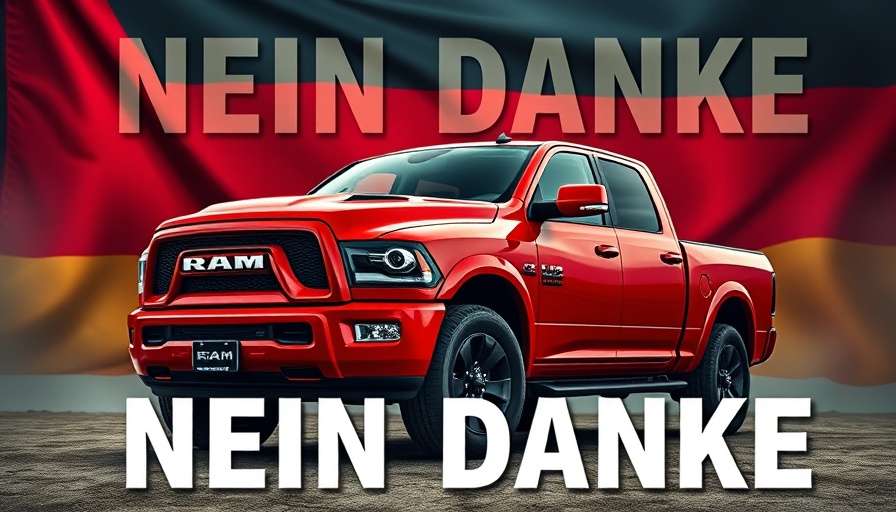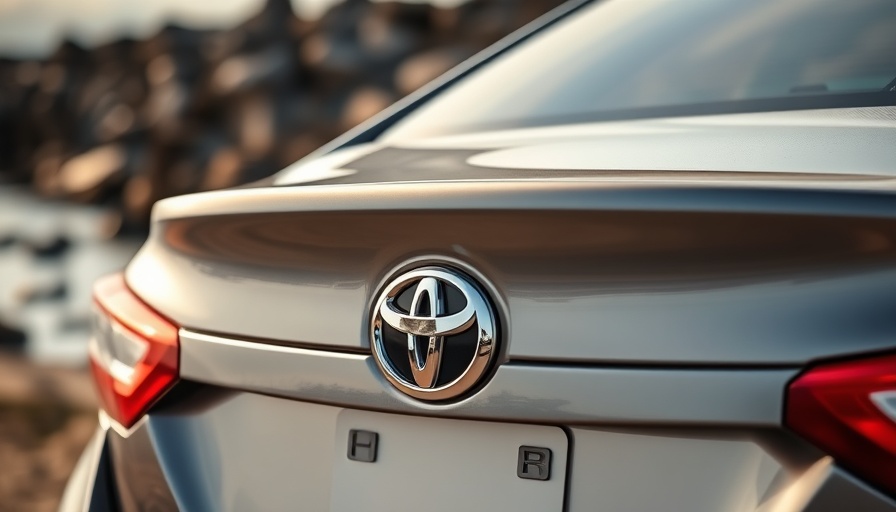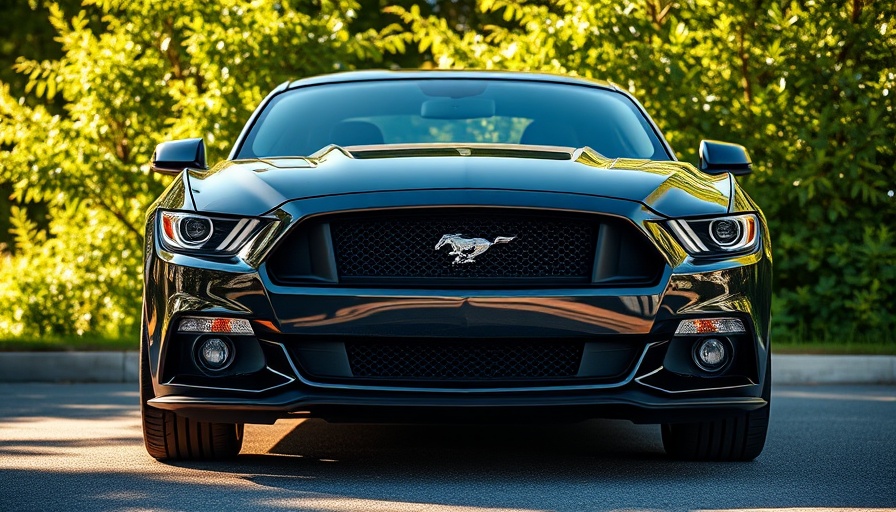
Massive Trucks Clash With European Standards
In recent developments, a consumer watchdog group in Germany is making headlines by suing the country's transport authority over the increasing presence of full-size American trucks, often deemed unwieldy and unsuitable for European roads. The case, spearheaded by the nonprofit Environmental Action Germany (DUH), seeks to compel the Federal Motor Transport Authority (KBA) to disclose detailed records on permitting for these oversized vehicles, which lack the necessary EU type approval.
Environmental Concerns Driving the Lawsuit
The DUH argues that these trucks emit significantly higher levels of CO2, sometimes nine times more than standard European cars. This alarming statistic puts a spotlight on the environmental degradation that can accompany the influx of such vehicles. The group highlights specific concerns about the environmental consequences of allowing these pickups, including potential climate damage and heightened accident risks, which they believe the KBA is ignoring by facilitating these permits.
Size Matters: A Practical Dilemma for European Roads
With dimensions often exceeding 6.8 meters in length and 2.7 meters in width, American pickups can become a logistical nightmare for urban planning in European cities, where parking availability and road space are already constrained. This situation further complicates the integration of these vehicles into the European automotive market, leading the DUH to call for stricter regulations and taxes that might inhibit their appeal.
Consumer Sentiment: Are Big Trucks Welcome?
Recent surveys indicate a mixed sentiment among consumers regarding the appeal of large American pickups in Europe. While some enthusiasts appreciate their rugged capabilities, others raise concerns about their environmental impact and practicality. With 80% of registrations for these trucks in the EU taking place in Germany alone, there is significant public interest in how this legal battle unfolds and what it could mean for the future of vehicle regulations in Europe.
The Future of American Vehicles in Europe
This legal confrontation raises important questions about the compatibility of American automotive designs with European norms. As regulatory landscapes evolve in response to climate challenges, the outcome of this lawsuit could pave the way for stricter emissions standards and safety requirements, ultimately impacting international automotive markets. Should the DUH win its case, we may witness heightened scrutiny over how non-EU vehicles are approved for use across Europe.
Moving Forward: Regulatory Changes on the Horizon?
If the DUH succeeds in forcing the KBA to respond, it may not only alter the landscape for American pickups but could also set a precedent for how environmental concerns can shape regulatory frameworks in automotive industries worldwide. The implications reach beyond Germany, as similar challenges and lawsuits could resonate across Europe, signaling a shift in the relationship between vehicle manufacturers and regulatory bodies focused on sustainability.
As consumers, keeping an eye on the developments of this lawsuit is crucial for understanding the automotive market's direction, especially regarding how big trucks and SUVs will be regulated moving forward. Stay informed about ongoing legal battles impacting vehicle emissions and consumer safety, as they could greatly affect your choices when purchasing vehicles in the future.
 Add Row
Add Row  Add
Add 




Write A Comment